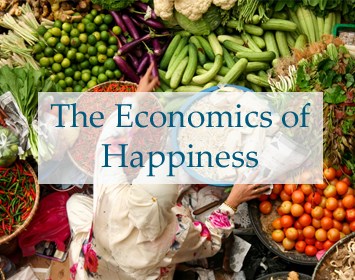Inauguration 2017 Special Coverage w/ Angela Davis, Naomi Klein, Ralph Nader & More
Menu

Special coverage in the Trump Era
From Public Citizen's Corporate Presidency site: "44 Trump administration officials have close ties to the Koch brothers and their network of political groups, particularly Vice President Mike Pence, White House Legislative Affairs Director Marc Short, EPA Administrator Scott Pruitt and White House budget director Mick Mulvaney."
Dark Money author Jane Mayer on The Dangers of President Pence, New Yorker, Oct. 23 issue on-line
Can Time Inc. Survive the Kochs? November 28, 2017 By Jane Mayer
..."This year, among the Kochs’ aims is to spend a projected four hundred million dollars in contributions from themselves and a small group of allied conservative donors they have assembled, to insure Republican victories in the 2018 midterm elections. Ordinarily, political reporters for Time magazine would chronicle this blatant attempt by the Kochs and their allies to buy political influence in the coming election cycle. Will they feel as free to do so now?"...
"Democracy in Chains: The Deep History of the Radical Right’s Stealth Plan for America" see: our site, and George Monbiot's essay on this key book by historian Nancy MacLean.
Full interview with The New Yorker’s Jane Mayer March 29, 2017, Democracy Now! about her article, "The Reclusive Hedge-Fund Tycoon Behind the Trump Presidency: How Robert Mercer Exploited America’s Populist Insurgency."
Democracy Now! Special Broadcast from the Women's March on Washington
The Economics of Happiness -- shorter version
Local Futures offers a free 19-minute abridged version of its award-winning documentary film The Economics of Happiness. It "brings us voices of hope of in a time of crisis." www.localfutures.org.
What's New?
July 29, 2009
Military vs. Climate Security: Mapping the Shift from the Bush Years to the Obama Era
"Yet U.S. security spending has been overwhelmingly concentrated on the tools of military force. The precursor to this paper, "The Budgets Compared: Military vs. Climate Security" (Institute for Policy Studies, January 20081), found that for FY 2008, the Bush administration allocated $88 federal dollars to military forces for every dollar it devoted to stabilizing the climate.
"The public interest would be served by closing the enormous gap between federal expenditures on military as opposed to climate security. The grounds for this are:
1. It will make the balance of our security resources more consistent with the relative magnitudes of the threats faced by the nation and the world.
2. In a time of rising unemployment, this shift will create more jobs than the current balance of spending on military and climate security.
3. It will redirect the jobs base toward work the country needs doing.
"This report evaluates the progress of the Obama administration in narrowing this gap. The government's most important tool for reducing greenhouse gas emissions is to set limits on them; Congress is currently working on a framework to do so. The focus here is the second-most important tool, namely investment.
"Since there is not yet government data that isolates all spending directly related to the mission of reducing greenhouse gas emissions, we have produced a preliminary estimate of this spending.
For the full report, please click here.
Miriam Pemberton is a research fellow at the Institute for Policy Studies, writing and speaking on demilitarization issues for Foreign Policy In Focus. She leads a group that produces the annual “Unified Security Budget for the United States.”

